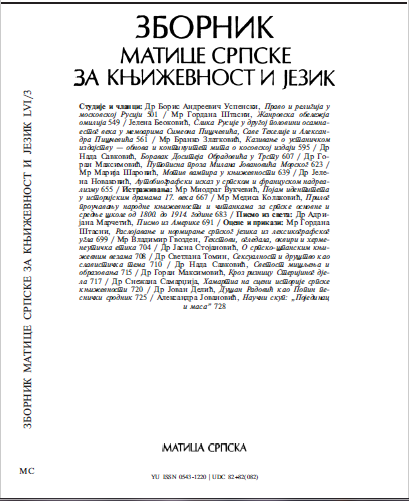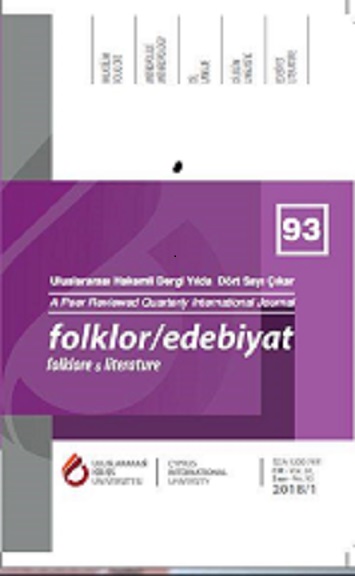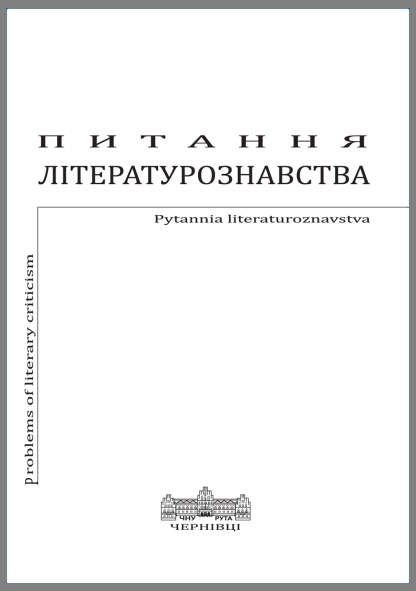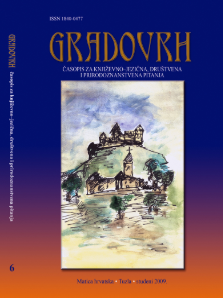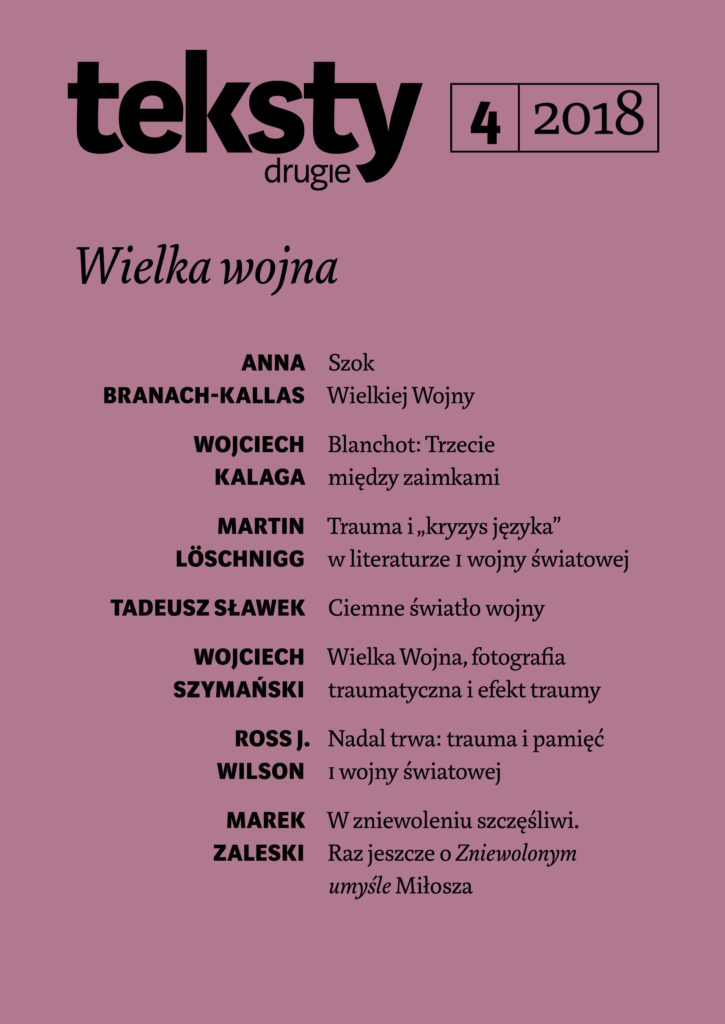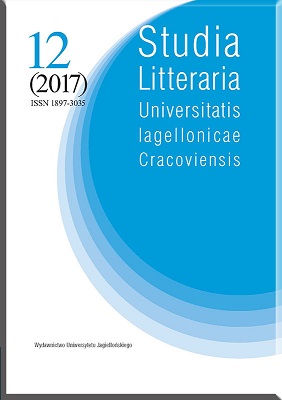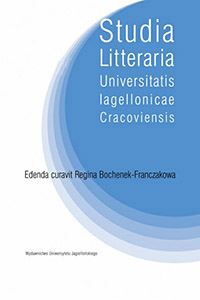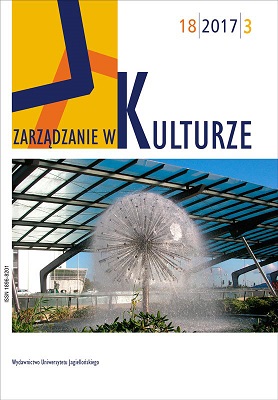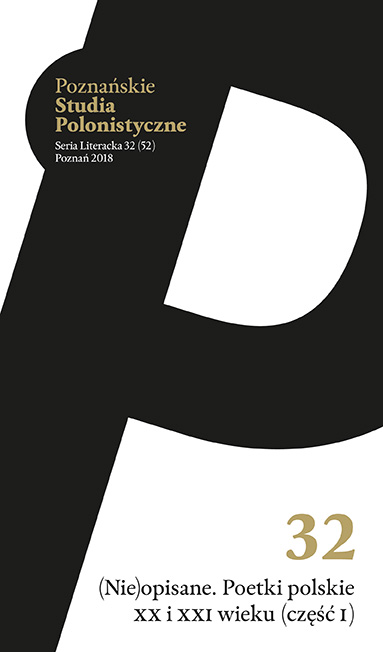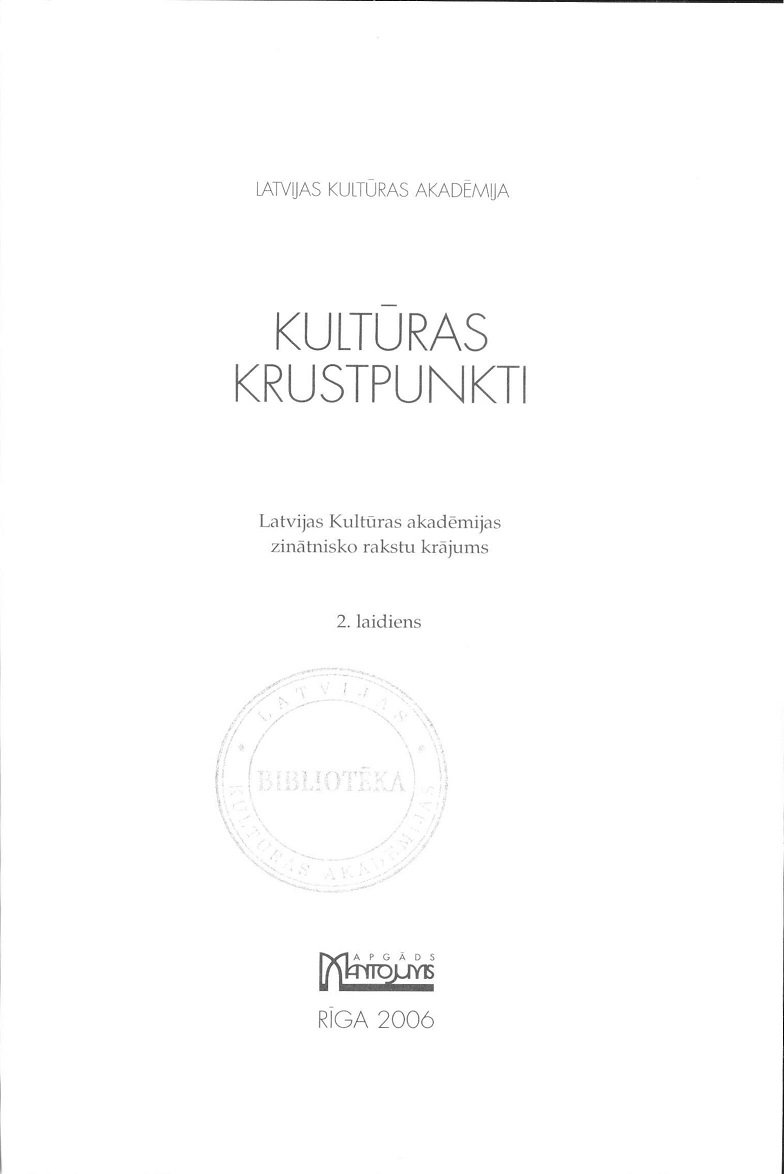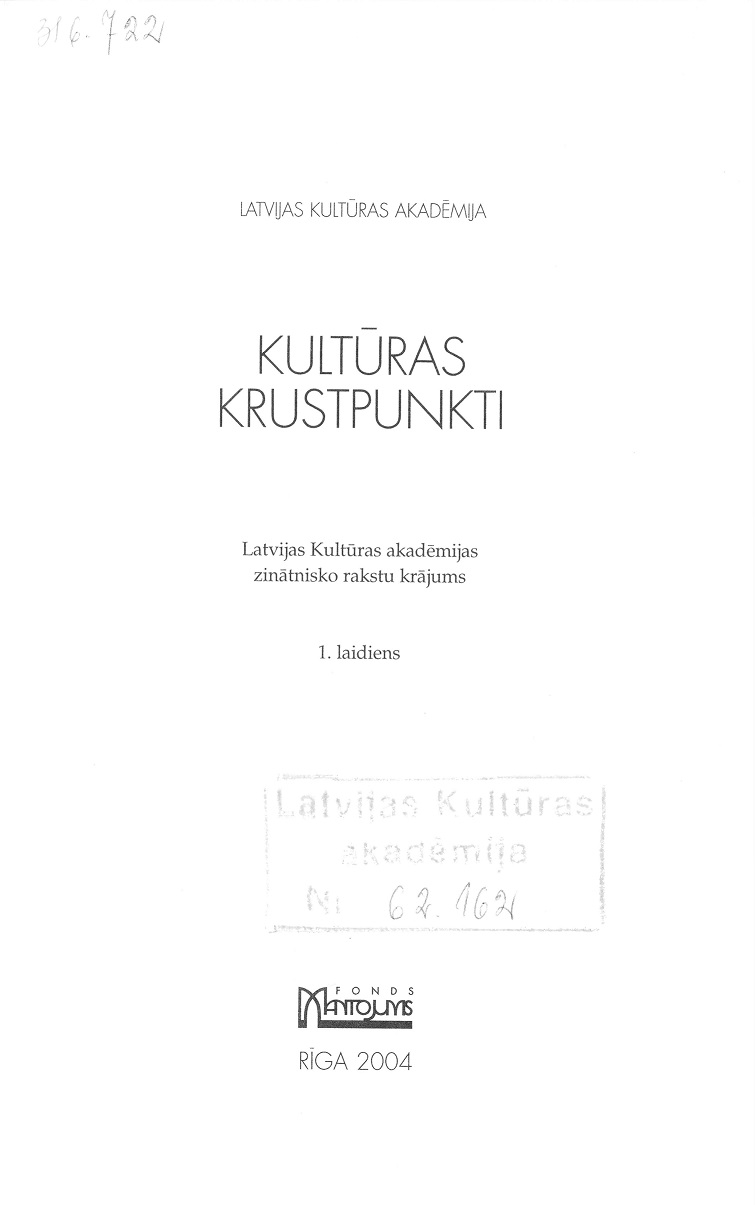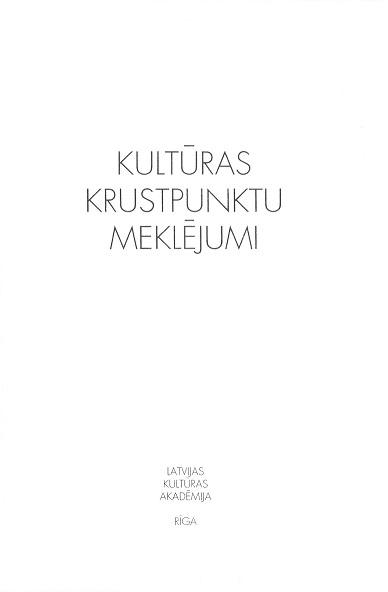Shifting the Paradigm in Victim-Perpetrator Relations and the Ambivalent Space in Tanika Gupta’s Sanctuary
A British playwright of Bengali descent, Tanika Gupta’s, a British playwright of Bengali descent, Sanctuary (2002) emerges as an outstanding play in two ways that are mutually dependent on one another. First, it challenges the traditional definitions of victim, perpetrator, and savior thanks to its complex and conflicting characters. Secondly, the play achieves this emancipating and challenging perspective through its depiction of an ambivalent setting that dismantles similar essentialized entities. With its critique of Western hypocritical stance towards stories of victimization in non-Western countries, the play presents a critical perspective from the boundaries of the West signaling it an unsafe setting. Thanks to this ambiguity of space, the setting contributes to the play’s debunking of the paradigms. Divided in two major sections, the theoretical background and the close reading of the play, this article argues that Tanika Gupta’s Sanctuary resists settling into categorizations such as the non-Western victim and the Western savior and disputes these binaries through its non-conventional characters and ambivalent space.
More...
